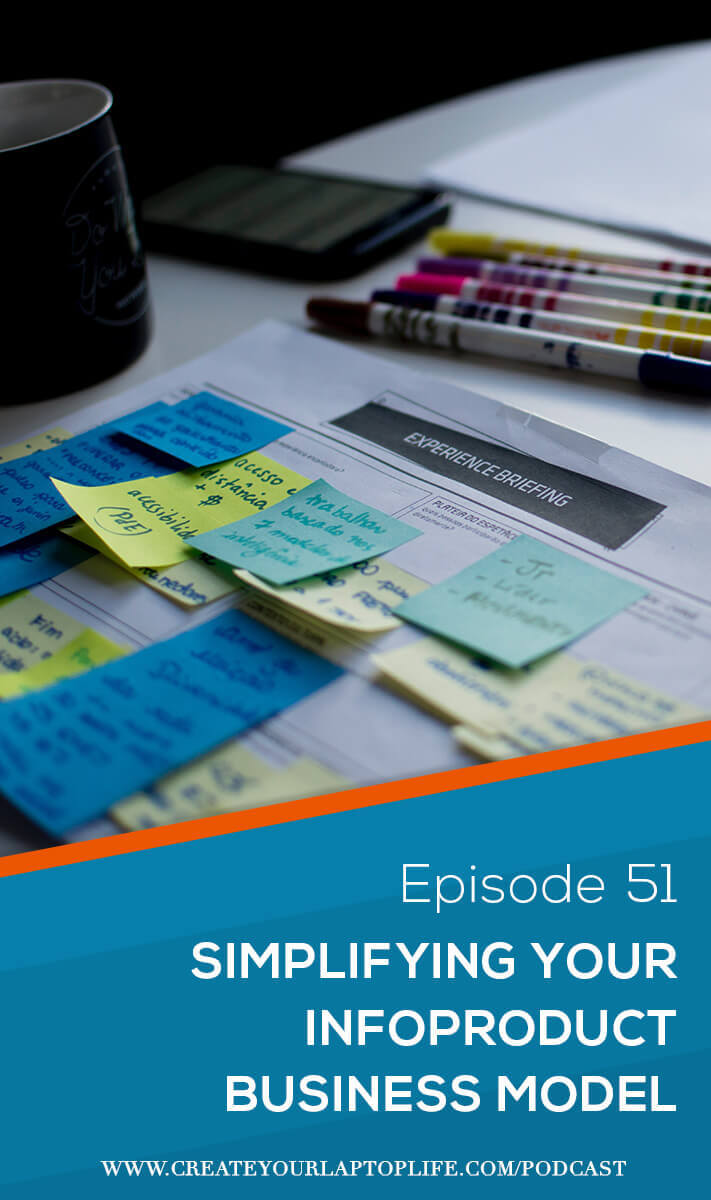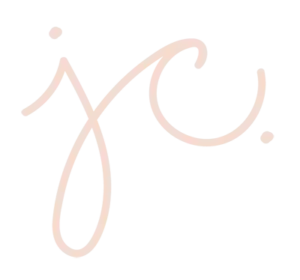Subscribe On:
Full Transcript:
Today I want to talk to you about simplifying your business plan. And the reason I’m talking about this is because I look at a lot of people’s stuff. I look at their offers, their funnels, their traffic, what they’re trying to do and sometimes it gives me a little bit of a headache because I’m having to wade through so much stuff.
And it’s one thing if you have a bunch of product lines and what not, and you know, you’re hitting a million dollars in sales, or even half a million. But when you haven’t even hit you know, $250,000 in sales yet and you have all these product lines, it’s really easy to tell where the problem is. So I want to talk today just about simplifying your model.
A lot of you have heard me talk about value ladder. A value ladder is something I learned from Russell Brunson and it’s this idea of a customer journey. And really, I used to think it was more complicated and customizable and that it was very hard to look at any particular business and have a formula of what you should work on first, second, third, that kind of thing. And the more I do this, the more I see that there are repeating patterns that go over and over and over again that may look a little different in business, but really it’s the same pattern.
So if you are trying to build an online business, you’re trying to do coaching, consulting, you’re trying to do courses, digital products, things like that, this is really the model. What I’m about to tell you is the model you should follow. If you’re doing a different type of business, you’re doing an ecommerce business, an agency business, or a local business, things might look a little different. But for all the other businesses I just announced, really this is how you dial in.
The first step is to figure out what you’re going to be known for. And sometimes you can figure this out and you already have an idea, other times you don’t. How do you know the difference? Well, if you have an expertise in an area, and you’ve done this over and over and over again, and you’re ready to bring it online, you know what your signature method, or your flagship offer, all that kind of stuff is already going to be.
So let me give you an example. I had a therapist who was a client, and he was a very successful therapist in marriage and family. So he had his method that he used with his clients. And he had done it over and over and over again, now he wanted to bring it online and wanted to create a course. In that instance his flagship offer, he already knows how he’s going to teach it. You may see this in your business, there’s someone in the insiders, they’re already an expert in accounting, they’ve taught people how to set up their books and hire bookkeepers, now she’s going to create a course on that.
So for people who have an expertise that they’ve already worked out in the real world in some way, you should start right in the middle of your value ladder. You should start with the core offer. And it’s two phases, phase one is market validation through a live launch. Step two is to turn it into a funnel that runs 365 days a year. Okay, so that’s how you start.
Now if you’re listening to this and you’re like, “Well, I’m not really an expert yet.” Or “The thing that I’m an expert in, I don’t necessarily want to teach.” You have to start somewhere different because you don’t really have a flagship, signature idea. Really, you don’t. So my recommendation is you actually start with a front end funnel. And it’s not because you’re going to make millions and millions with a front end funnel, but it’s going to give you a faster way to see what people resonate with.
So an example of this would be let’s see, Ally in the Digital Insiders, she was an expert in building funnels. She had done it for a long time, but she didn’t necessarily want to create a course on building funnels, because there’s a million of them out there. So she was like, “Well, if I don’t want to build a course on that right now, what do I do in the meantime?” She was doing consulting and agency work and you know, all that kind of stuff. So it wasn’t like she was coming online as like a therapist who had done all of this crazy work. So she started launching front end offers first, testing the market, seeing what they wanted. And then she had one that hit, that hit so well that it blew up and she got thousands of customers from this one funnel. And now all the sudden creating a course about funnels, she didn’t have to do just the same old, same old. She could use the method she used with her first funnels. So now she’s about ready to launch that.
Another example would be Cathy Olson, she’s my business partner with Funnel Gorgeous. She was an expert in design, but she didn’t want to just launch a big design course, she couldn’t really figure out the angle, she didn’t realy know what her methodology was in it. So she did a front end offer as well, solving a very specific problem, which was logo development, like logo design for people who aren’t designers. She launched that, made a bunch of money, and then was able to advance in her value ladder.
After the front end funnel in both Ally’s case and Cathy’s case, they then moved to the middle of the value ladder where they were really going to dial in on their flagship offer, their core offer. So you can see when you’re in an online business, there’s really two ways in. The first way is like, “I already have my expertise, I already have my method. I know I want to teach this.” And you go in through the center. You do a live launch and then you evergreen it out. For people who are experts but don’t necessarily want to teach what they’re an expert in right now, they go in more through the front end, testing, experimenting, seeing what works, and then once that works, then move to the middle.
Okay so, in the case of both Cathy and Ally, by the time they’re launching their flagship offer, they already have a list, they already have customers. So they do a launch, yes, and then they evergreen it out. Whereas the people who start in the middle, because they don’t have a front end, they’re launches typically are smaller. They have a smaller list, sometimes they have to do 30, 60, 90 days of list building first. But either one of those methods work, you can go in either way. And if you’re not quite sure what you want to be known for going in through the front end is better than going in through the middle. So that’s kind of like my, sort of, decision tree.
And then let’s talk about the top part of the value ladder. Some people want to do a higher ticket, mastermind type thing. And I would recommend that you don’t actually develop your premium offer way at the top until you actually have your flagship offer going and you have at least a hundred customers in that middle row. Then you can start to think what happens after that.
So the exception to that rule is if you are blending two business models. If you’re blending two business models where you have courses and then your high ticket is a done for you option, you actually could start at the very top of the ladder. And you could just sell your done for you through organic marketing and then build out going down. And in fact, I would say start at the top and then go with intro and then flagship.
So if you’re blending the models where you have a done for you, you could start at the top. But for most people who are not having it done for you at the top, they want to stay in the info product space, your premium offer should not really happen until your flagship offer is done, at least a hundred customers.
So that’s kind of the methodology and with signature offers in the middle, the core offers in the middle, you definitely want to do a live launch before you evergreen it out. With front end funnels you don’t need to do a launch, you just, it’s just produce the content, build the funnel, test it with ads, and with the premium offer, if it is of course an offer, I would definitely do a live launch to your existing students. And then you can create sort of what I would call an ascension funnel where you’re connecting people who’ve purchased your products and you’re ascending them into your premium offer.
That is the pattern. There’s really a very little, like if I look at all the people who are in the info product space, in the coaching space, they all have followed one of two methods. And so that should help alleviate the 8 million offer ideas, how does all this fit together, spray and pray, putting things against the wall, all that kind of stuff. That’s really how you do it. And if you have a lot of other offers that you want to offer, once you have your core offer in the middle, once you have your premium offer and a front end offer you can create more front end offers, that’s fine. But really don’t want to keep switching that middle offer, because that is the thing that you’re known for, which is why for some people it makes sense to not do the middle offer until you’re really sure what you want to focus on.
Alright, well I hope that helps, appreciate you all, talk soon.









0 Comments